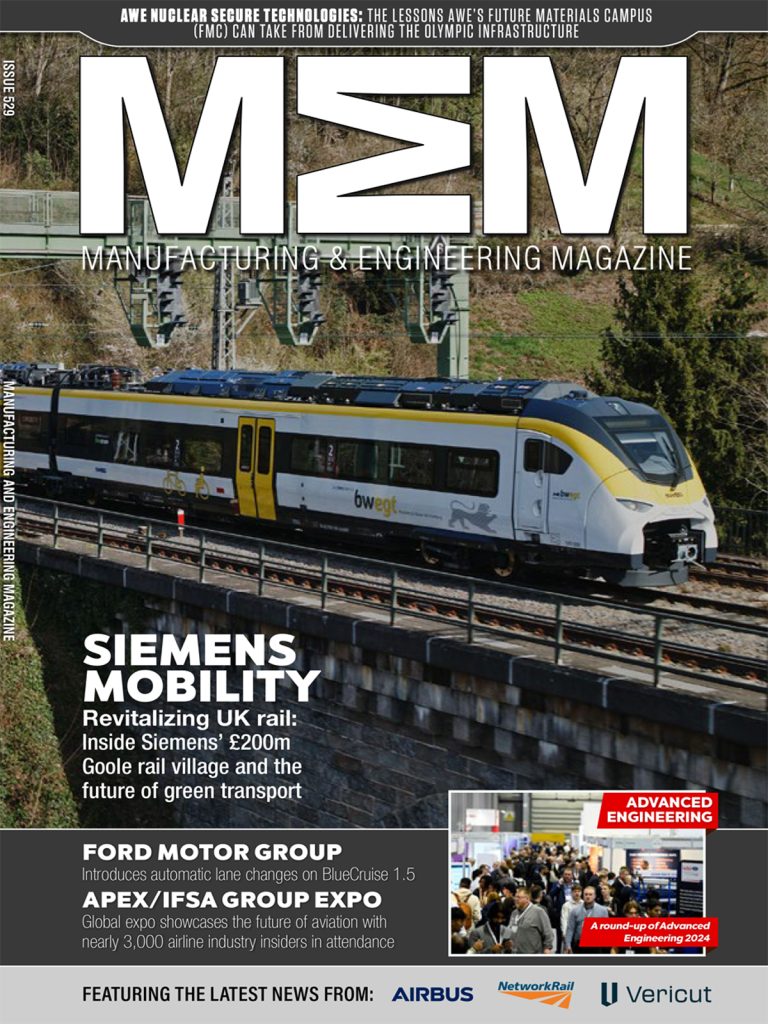What is Environment Permitting? : If you’re taking part in any activity which could pollute the air, water or land, increase a flood risk, or adversely affect land drainage, you may need an environmental permit. They’re issued through the Environment Agency in England and Natural Resources Wales in Wales, and if you carry out work without a permit when you should have one, you will be breaking the law.
Who needs an environmental permit?
There is a long list of activities that require an environmental permit, including facilities producing potentially harmful substances (like a large chicken farm, petrol station or furniture factory), waste recycling or treatment, activities that release organic solvents into the air and medium combustion plants and generators.
Other activities include stand-alone water discharge or groundwater activity, although there are a few exemptions.
Depending on the activity, information about exclusions and exemptions are available either through the local council or the Environment Agency.
Permits for medium combustion plants and specified generators
Medium combustion plants (MCPs) and generators have specific regulations to follow (although, as MCPs can cover so many things, there are exclusions within this). MCPs can be used to generate electricity, heating and cooling for residential purposes, or heat and steam for industrial processes. As a result of their activities, they release sulphur dioxide, nitrogen oxides and dust into the air.
Permits regulate the amount of these emissions into the air, reducing the risk to people and to the wider environment.
Any new MCPs need to have a permit in place before they’re commissioned, meaning that the plant needs to be tested and proven to fall within the allowed limits before it’s put into full operation. These tests will ascertain if the plant meets the emission limit values (ELVs), which are set according to the plants’ capacity.
How do you test ELVs?
The ELV changes according to the type of MCP, whether it’s new or has been installed previously, what kind of fuel it uses and what kind of technology is in it. Criteria can also change depending on where the MCP is and if there are any habitats such as conservation areas or sites of Special Scientific Interest nearby, which need extra protection.
There are so many variables in determining the ELV for any particular plant, it’s worth talking to an environmental consultant to make sure you’re working to the correct criteria.
Once the initial testing has been done, an MCP needs to be tested regularly to make sure the emission levels are still within permitted levels. In some circumstances, this needs to happen at least once a year.
Testing is done by taking samples of emissions which are then analysed. This sampling and analysis has to meet a number of strict criteria in order to satisfy the regulators
Getting the environmental permit
Permits for MCPs come in three forms – standard, simple bespoke and complex bespoke. The first two cover low risk plants, while the third covers high risk. Once you have completed testing and proven the plant falls inside the ELV limits, you can apply to either the Environment Agency or Natural Resources Wales for your permit – it can take up to a month for your application to be ‘duly made’ or granted.
Getting the right tests in place and ensuring emissions are tested to the right levels are crucial to securing the permit needed to run an MCP legally. By working with an environmental consultant, you will be sure that all the relevant criteria are fulfilled and that you’re in the best possible position to gain and retain your environmental permit.
To discuss the regulations your plant needs to meet and how to arrange reliable testing, get in touch with us on 01225 459564 or email enquiries@engain.com
Manufacturing & Engineering Magazine | The Home of Manufacturing Industry News














